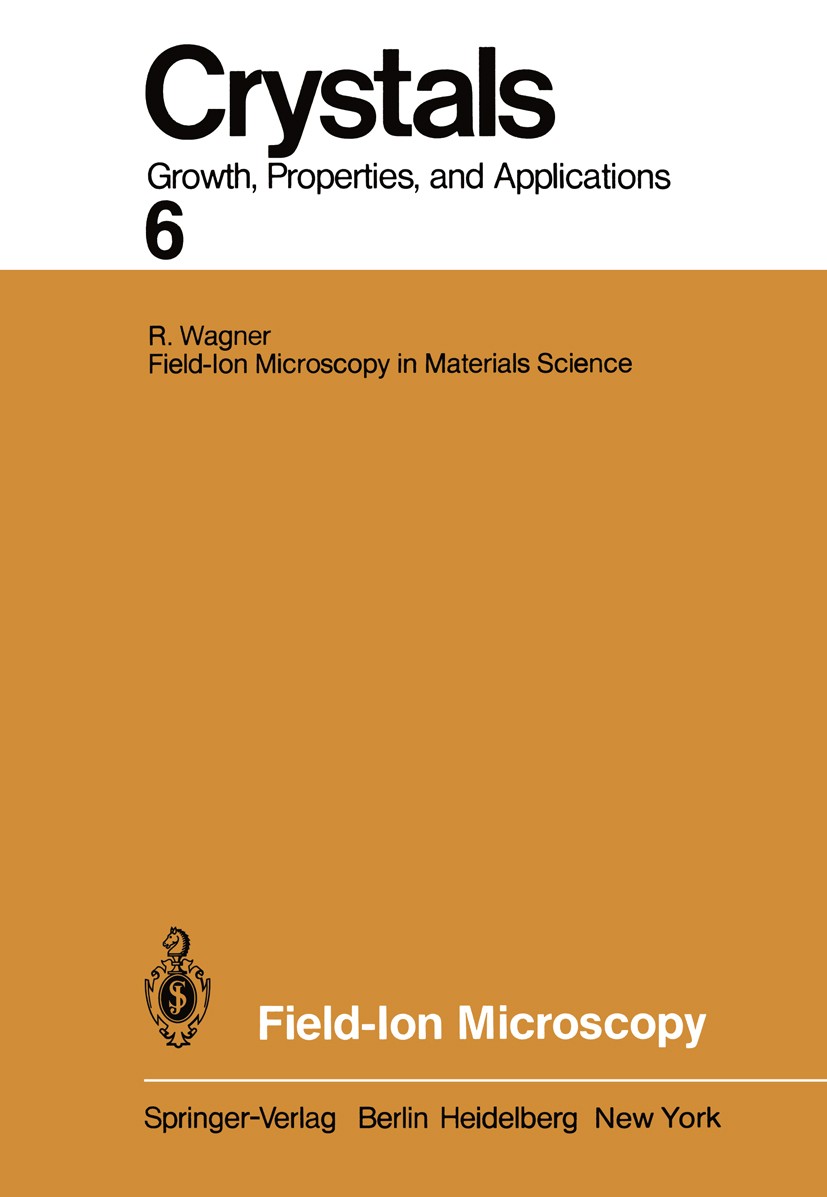| 书目名称 | Field-Ion Microscopy |
| 编辑 | R. Wagner |
| 视频video | http://file.papertrans.cn/343/342655/342655.mp4 |
| 丛书名称 | Crystals |
| 图书封面 |  |
| 描述 | Despite the recent progress in developing various microanalytical tools of better spatial resolution and more sensitivity to chemical analyses for the study of various defects in metallic solids the Field-Ion Microscope (FIM) still remains the only instrument up to now to resolve single atoms in the surface of a metal. Fifteen years after Milller!) invented the FIM he was also the first to combine the FIM with a time-of-flight (ToF) mass spectrometer - the so-called Atom-Probe FlM - to identify the chemical nature of single atoms imaged in the FIM2). Originally the motivation to develop the ToF atom probe was to use this method to obtain some more fundamental understanding of field ionization and field evaporation, the most basic physical processes in field-ion microscopy. Even after the successful combination of a FIM with a ToF atom probe had been accomplished, the technique was rarely applied to metallurgical investigations since for a fairly long period only refractory metals such as tungsten, molybdenum, iridium, etc. could be imaged in the FIM. How ever, these metals do not playa very important role in metallurgy. Only when Turner et 3 al. ) substituted the conventional phos |
| 出版日期 | Conference proceedings 1982 |
| 关键词 | Feldionenmikroskopie; electron; iridium; materials science; metallurgy; metals; microscopy; molybdenum; phos |
| 版次 | 1 |
| doi | https://doi.org/10.1007/978-3-642-68687-0 |
| isbn_softcover | 978-3-642-68689-4 |
| isbn_ebook | 978-3-642-68687-0Series ISSN 0172-5076 |
| issn_series | 0172-5076 |
| copyright | Springer-Verlag Berlin Heidelberg 1982 |
 |Archiver|手机版|小黑屋|
派博传思国际
( 京公网安备110108008328)
GMT+8, 2025-11-13 04:14
|Archiver|手机版|小黑屋|
派博传思国际
( 京公网安备110108008328)
GMT+8, 2025-11-13 04:14


